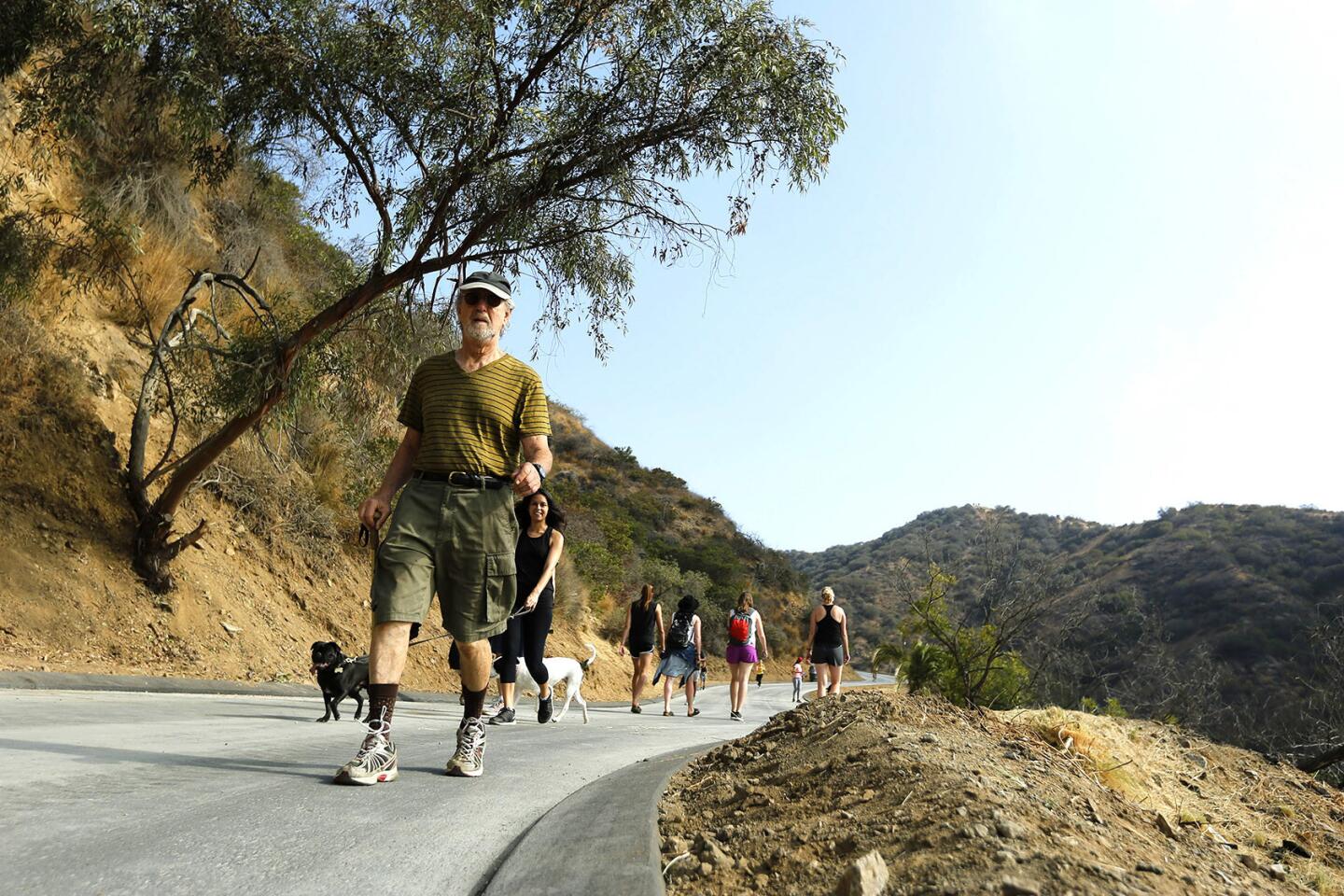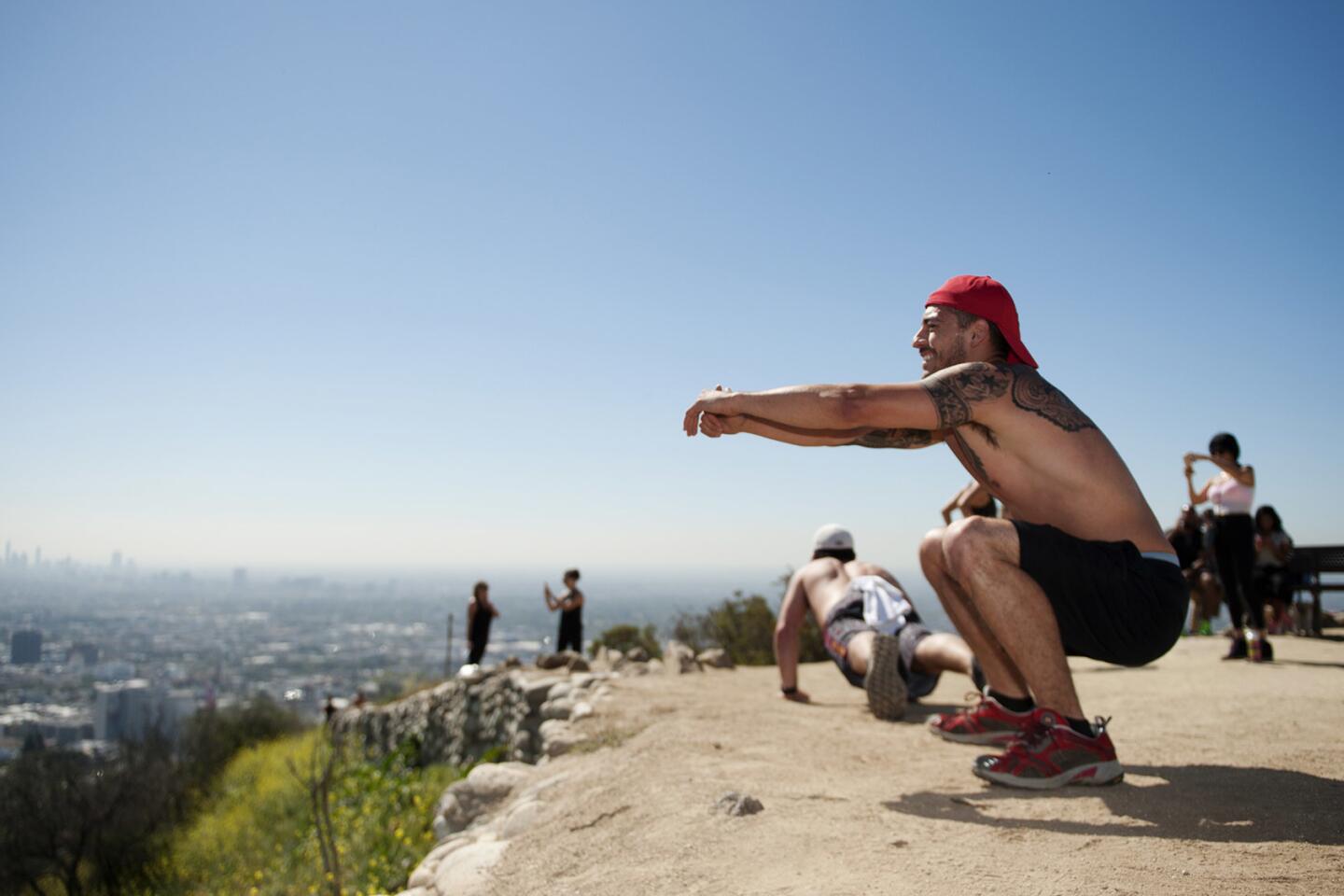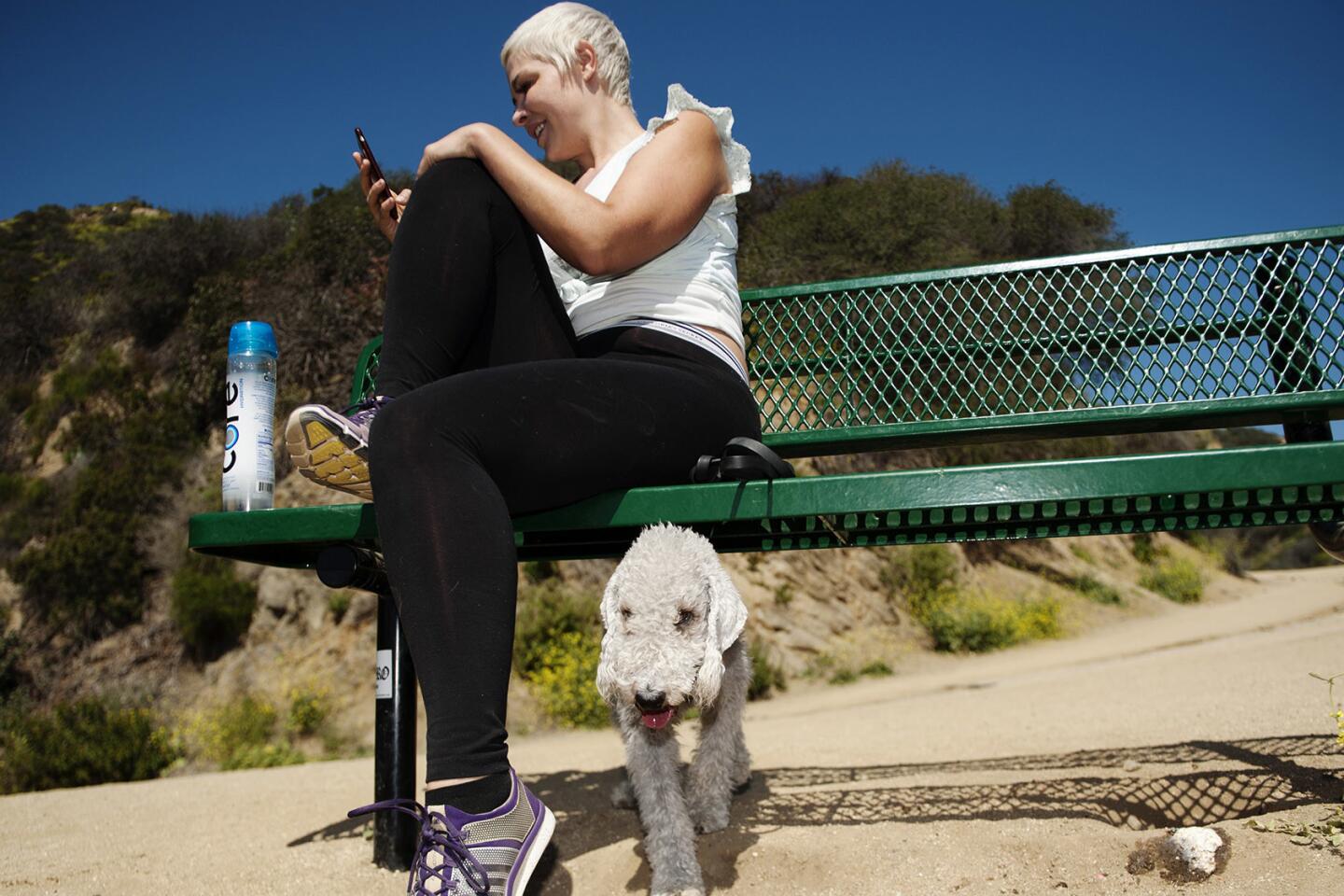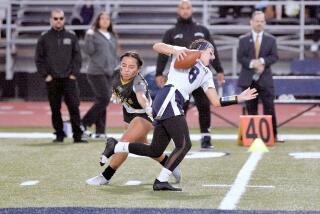Neighborhood Spotlight: Hollywood Hills West welcomes you to be yourself
- Share via
The western side of the Hollywood Hills — playground of rock musicians and movie stars craving fantastic views and relative seclusion — was not always the epitome of boho glamour.
In the late 1880s, when Hollywood was an agricultural settlement whose biggest cultural contribution was citrus fruit, the hills were inhabited principally by bears, puma and coyotes.
A few hunting cabins dotted the dry, treeless landscape, where stubborn scrub oaks clung to the chaparral-covered hillsides.
That didn’t stop developers from selling Hollywood as a new Garden of Eden, or slow the stream of Easterners who had come to California to buy a patch of paradise.
Emboldened by their success in the Hollywood flats, speculators were soon looking to the hills above. In 1913, their efforts kicked off in earnest when Charles Spencer Mann cut the ribbon on his ultramodern trackless trolley, which ran along a then-unpaved Laurel Canyon Boulevard.
It ferried potential buyers north into the hills from Sunset Boulevard to Mann’s two Lookout Mountain tracts, west of Laurel Canyon Boulevard. One was the pedestrian-sounding Bungalow Land; the other was the more evocatively named Wonderland Park. Together they set the stage for the wholesale development of the hills.
As Hollywood developed into the motion picture capital, rustic tracts on either side of the canyon began to draw in newly minted movie stars. They bought second homes in the hills as weekend getaways, where their peccadillos could be indulged away from the prying eyes of gossip columnists. Development spread eastward to Mt. Olympus and southward to the border of the Hollywood flats.
Eventually those small second homes grew larger and grander. As celebrities such as silent-movie star Clara Bow, hard-drinking actor Errol Flynn and magician Harry Houdini built large mansions in and around Laurel Canyon, the Hollywood Hills began to gain a reputation for decadence and debauchery.
That reputation would persist well beyond the Golden Age of Hollywood. From the 1960s to the late 1970s, it was the cradle of the California music scene. Joni Mitchell wrote her “Ladies of the Canyon” here, as did the Mamas & the Papas their “Twelve Thirty (Young Girls Are Coming to the Canyon).”
Rockers ranging from Jim Morrison to Frank Zappa called the area home, and Jimi Hendrix bought his smokes at the Canyon Country Store, a neighborhood fixture that’s still going strong.
Neighborhood highlights
Live like a rock star: You don’t have to have a Grammy to enjoy the old school Hollywood Hills West lifestyle, just a sturdy liver and a copy of “Waiting on the Sun” on vinyl.
Take a hike: Walk your dog and dodge the paparazzi at Runyon Canyon, or get your steps in on a stroll in the shade at Fryman Canyon Park.
Be yourself: Whatever your thing is, you can do it here and no one will judge you. Crystal therapy, attempting to commune with Houdini’s ghost, throat singing lessons: You do you, man, you do you.
Neighborhood challenges
No parking: Those narrow streets must have seemed quaint at the time they were laid out, but 100 years on, no one’s smiling while endlessly circling in the vain search for a parking space.
Expert insight
Edward Fitz, a real estate agent at the Agency, said Hollywood Hills West affords residents privacy and proximity: It’s centrally located between downtown and the beach. He also praised the spectacular views, calling them the best in the city.
When many think of Hollywood Hills West, they think of movie stars and celebrities, but Fitz said the area is home to a mix of business people, technologists, attorneys, doctors and others.
Fitz said homes range from charming 1920s and 1930s Spanish-style homes with high ceilings to mega-mansions.
“You would be surprised; there are small cottages with charming views as well as the big expensive $30-million homes,” Fitz said. “There is a wide variety of places to live.”
Market snapshot
Portions of the 90046, 90068 and 90069 Zip Codes overlap the Hollywood Hills West area.
In the 90046 ZIP Code, based on 26 sales, the median sales price for single-family homes in May was $1.92 million. In the 90068 ZIP Code, based on 31 sales, the median sales price was $1.53 million, and in the 90069 ZIP Code, 10 sales resulted in a median price of $3.119 million.
Report card
Within the boundaries of Hollywood Hills West is the coveted Wonderland Avenue Elementary, which scored 973 out of 1,000 in the 2013 Academic Performance Index. Nearby schools include West Hollywood Elementary and Valley View Elementary, which scored 926 and 822, respectively. Hollywood Senior High scored 762, and West Hollywood Opportunity had a score of 617.
MORE FROM HOT PROPERTY
A lofty outlook from the historic Textile Building in DTLA
Devon Sawa bellies up to the coffee bar in his ‘chill room’
Katie Wagner lists her hip ranch home in Valley Village for $1.2 million
More to Read
Sign up for Essential California
The most important California stories and recommendations in your inbox every morning.
You may occasionally receive promotional content from the Los Angeles Times.









